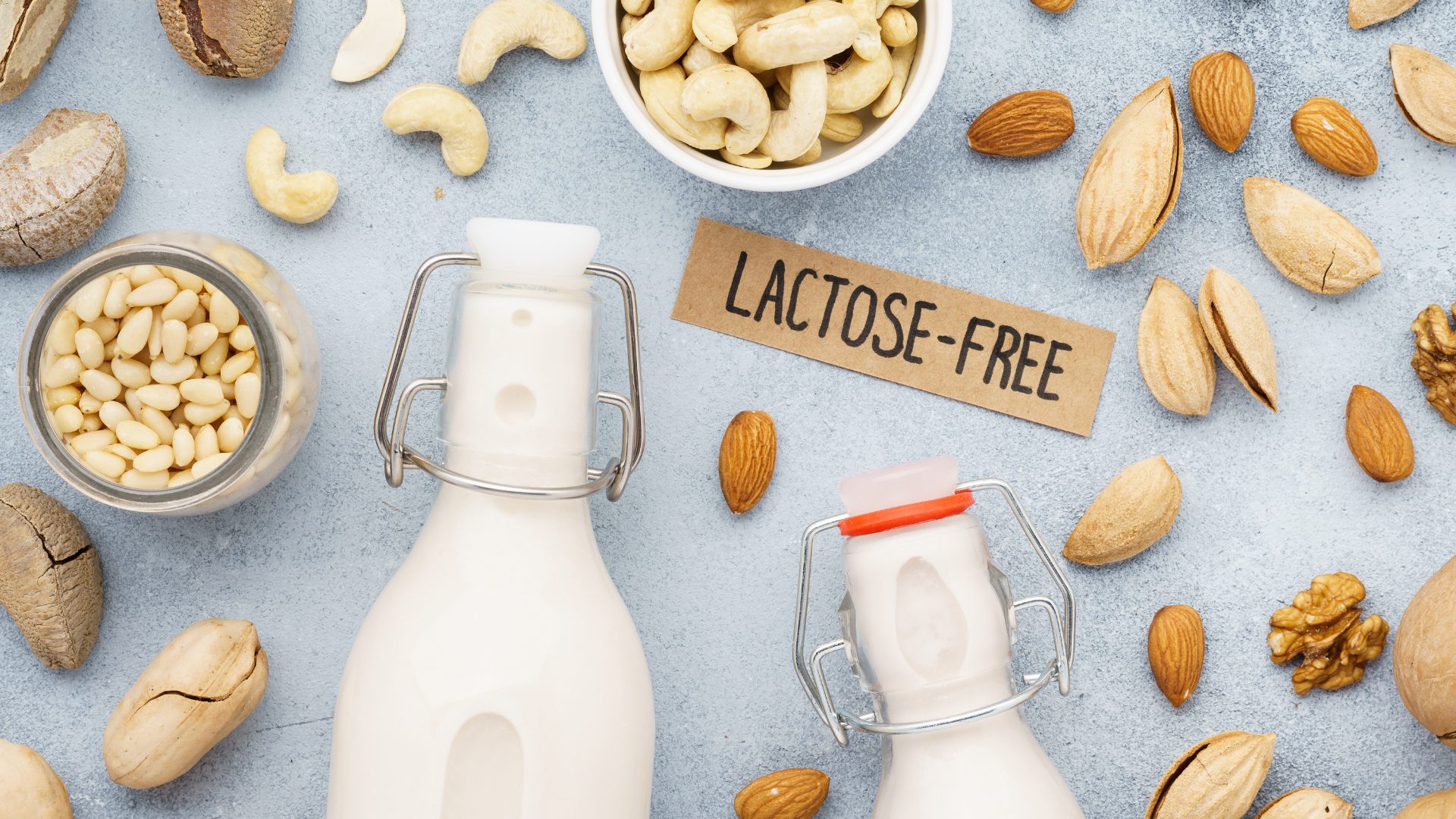Cycling is more than just a ride—it’s a lifestyle. Whether you’re commuting daily, hitting weekend trails, or training for your next endurance race, your bike is your most reliable companion. But even the best bikes need a little TLC to stay in top shape.

Regular maintenance doesn’t just prevent breakdowns—it improves performance, extends your bike’s lifespan, and ensures every ride is smooth and safe. Here are the top maintenance tips every cyclist should know.
1. Clean Your Bike Regularly
One of the simplest ways to maintain your bike is also the most overlooked: cleaning. Dirt, grime, and road salt can corrode metal parts and wear down components. Use a soft brush, mild soap, and water to wash your bike frame, wheels, and drivetrain.
Pay special attention to the chain and cassette—these areas tend to collect the most debris. After cleaning, make sure everything is thoroughly dried to prevent rust.
Pro tip: A dedicated bike cleaning kit can make the process quicker and more effective. Shops like Jenson USA offer curated tools for riders at all levels.
2. Keep Your Chain Lubricated
Your chain is the heart of your drivetrain. A dry or dirty chain can cause premature wear on your cassette and chainrings. Lubricate your chain after every wash or every 100–150 miles of riding, depending on conditions.
Choose a lubricant that suits your environment—dry lubes for dusty trails and wet lubes for rainy or muddy conditions. Always wipe off excess lube after application to prevent dirt buildup.
Many cyclists find it helpful to pick up maintenance bundles from trusted retailers, which often include chain lube, degreaser, and cleaning brushes in one package.

3. Check Tire Pressure Before Every Ride
Underinflated tires make pedaling harder and increase the risk of flats. Overinflated tires can reduce traction and make your ride feel harsh. Always check your tire pressure before heading out, using a reliable gauge.
Most tires have a recommended PSI range printed on the sidewall. Adjust based on your weight, terrain, and riding style. Proper inflation not only protects the tires but also improves handling and comfort.
4. Inspect Brake Pads and Cables
Your brakes are your best safety feature. Check your brake pads regularly to ensure they’re not worn down. If you notice decreased stopping power or hear squealing noises, it’s time to inspect or replace the pads.
Also check your brake cables (for mechanical systems) or hydraulic fluid (for disc brakes). Frayed cables and low fluid levels can compromise braking performance. High-quality replacement parts are readily available through providers like Jenson USA, making home maintenance easier than ever.

5. True Your Wheels
A wobbly wheel isn’t just annoying—it can affect handling and wear out other components. Check your wheels by spinning them and watching for side-to-side movement. Minor truing can be done with a spoke wrench, but if the issue is more serious, it’s best to take the bike to a professional.
If you’re confident with DIY repairs, investing in a basic truing stand and tools from sources like Jenson USA can save you time and money in the long run.
6. Tighten Bolts and Check Torque
Bikes vibrate during rides, and over time, bolts can loosen. Make it a habit to inspect the tightness of your stem, handlebars, seatpost, and crank bolts. Use a torque wrench to ensure everything is tightened to manufacturer specifications—over-tightening can be just as damaging as under-tightening.
Many multi-tools available today include torque settings, and a compact toolkit from a trusted cycling store can be a great addition to your maintenance routine.
7. Service Your Drivetrain
Besides regular chain care, your cassette, chainrings, and derailleurs also need attention. Clean them regularly and check for wear. If shifting becomes rough or noisy, it might be time to adjust your derailleur indexing or replace worn components.
You can find detailed guides online or consult customer service from places like Jenson USA, where product experts often help troubleshoot and recommend compatible replacements.

8. Schedule Annual Tune-Ups
Even with diligent care, some maintenance tasks require professional hands. An annual tune-up at a bike shop includes full inspections, bearing adjustments, brake bleeding (if needed), and drivetrain calibration. It’s a small investment that goes a long way in preserving your bike’s lifespan. Many component retailers also offer tuning tips and compatibility charts to help make your visits to the shop more informed and efficient.
Final Thoughts
A bike is more than a machine—it’s a trusted partner in every mile ridden. Keeping it in top condition ensures not just safety and performance, but a deeper, more enjoyable connection to every journey.
Simple routines like cleaning, checking tire pressure, and tightening bolts take only minutes, but they add years to your bike’s life. And when it’s time for new parts or upgrades, turning to a reliable cycling retailer like Jenson USA can make all the difference in quality and peace of mind.
Last modified: May 13, 2025






